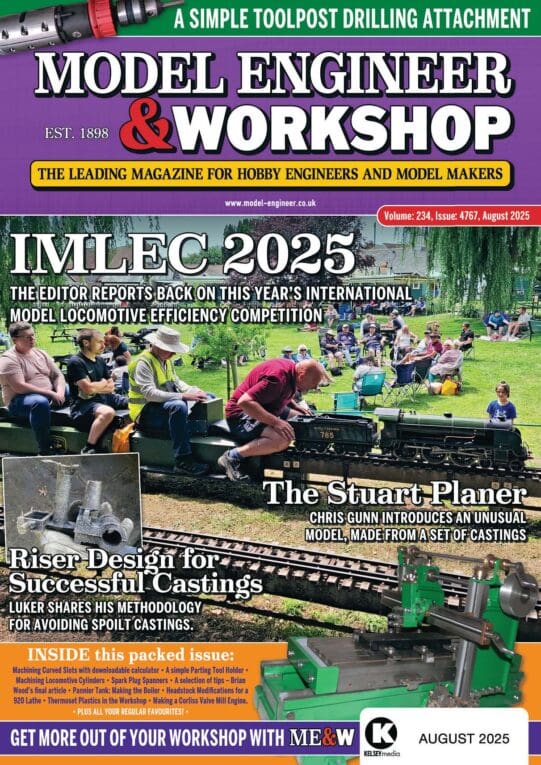I assume that you have the manual, and the correct procedures to adjust the spindle position correctly. The adjustment is done on the pair of castle nuts in the back. It will pay to adjust it all forward, some 1/4 turn or a little more. Then loosen the screw of the shaft collar at the back, and see if it can tighten by hand any amount. re tighten the locking screw. This is setting the preload on the thrust bearing pair in the back. Then loosen the LH or castle nut rotating it so it un winds. Then rotate the rh castle nut , pulling the shaft assembly back into the taper. The belt lever tension, must be loose like when changing the belt position. Keep slowly pulling in the assembly until the taper binds on the bronze bushing. Then you wind in the LH castle nut and tighten it together. As the LH one comes in, the small backlash on the rh nut is taken up and then the spindle will be free to rotate. You can place a DTI on the front of the spindle. From being tight and only just able to be turned by hand, to a free running state, is in the 10um range to a max of 14um, or 4 to 5 tenths of a thou movement from tight. Any more and the spindle will be loose and could cause wear in the bearing or on the shaft. It rides on a thin oil film. Having the belts too tight is also another cause of wear . The above setting will give about 3um of clearance for the oil film that it needs.
The numbers in the error of the spindle runout seem to be unusually large that you are reporting.
Another check, is to place a bar in the chuck, preferably a 4 jaw chuck. 1 inch or so Al or free cutting steel and sticking out of the chuck about 100mm or so. The longer the test length, the sharper the cutter needs to be. 4d of material is a good stable length. You need a very sharp tool and very fine cuts. I relieve the testing bar in the centre section. So leave a piece 10mm long at the front and similar at the chuck end. Take a cut on the front first. Measure it. Then set your dti on it, and see how true it runs. Is it round or some other shape? Does it measure the same in many different positions . Then take a cut at the chuck end on the same setting of the cross slide. How do they compare? Are they round as each other? The difference is size is the error of the bed position in most cases. Very seldom, it is the headstock that is not correctly aligned to the lathe bed. But at this stage we assume that the headstock is correct. You either adjust the headstock end or the tailstock end adjusting the riser feet. If the end of the bar is smaller than the chuck end, then the bed will need to be twisted a very small amount towards the operator at the tailstock end. Operator side adjuster is wound down a little and the behind adjuster is wound up a little. Keep adjusting until the test cuts are even in size.
I prefer to use the low pressure finger style indicators when setting up machine tools. You will notice that if you have 2 DTI’s and stands, you place the 1st DTI onto the bar and set to 0 . Then set the other DTI on the opposite side and have the same load from zero on each, you will see the 1st indicator no longer be zero. Then zero both, and rotate the bar. It will show any sideways irregularity or roundness errors.
On my S7 from the early 1970’s pre power cross slides came out, I recently replaced the thrust bearings, as well as made a new Taper bronze bush, and setup on a big lathe with a very precise centre, recut the front taper of the spindle back to being round again. I also corrected the small runout of the back area that the angular contact bearings sit on. The movement of the housing means that the inner of the tapered bush is required to be scraped back into true with the taper of the spindle. And then the scraping for the oil film will need to be done. A big job for sure. I can see why they stopped selling just the bush on it’s own.
The roundness error in my spindle was around 0.01mm. Now it is back to the original runout of around 1um or so if adjusted tighter than normal. But at that setting , can not drill onto stock, that 0.006mm form tight on the taper. It needs to be looser to be able to drill into stock or take reasonable cuts. At around 3um or 0.014 from tight spindle position, drilling is just fine. Roundness should be better than 4um on the Myford S7 setup of it is not worn.
chrisem.






